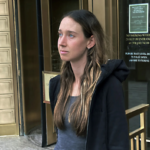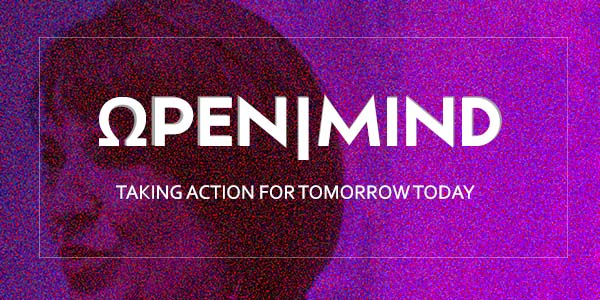
What would it look like for people you work with to be so all-in during the coming year, that they exceeded your wildest expectations?
I revisited projects from last year and realized successful projects all had one thing in common:
Behind every successful project was a leader who understood what inspired people around them to take action.
PART ONE: The word for the year is CARE.
We want the people we count on, collaborate with and spend time with to be more than soup-stirrers. They have to find reasons to connect with work. And caring is the key ingredient to take the struggle out of leading.
How can we help people around us—our customers, our teams, our coworkers, our community—to care about our collective action?
Great leaders recognize three laws:
- Not everyone is wired the way we are
- We resist taking action for different reasons at every stage
- We inadvertently sabotage buy-in (but we can fix it)
PART TWO: The Care Cycle and how to use it
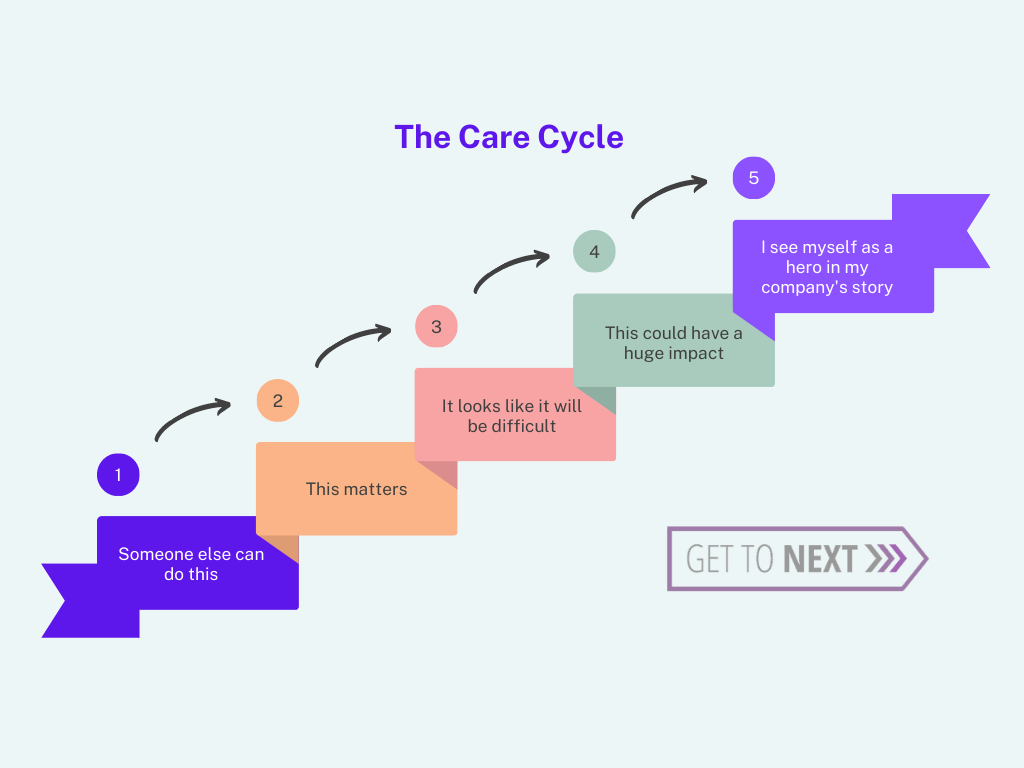
Stage One: Someone Else Can Do This
There’s a nodding of heads at the end of so many strategy offsites and team meetings.
Unfortunately, too often, there’s a one-two punch: we believe that the new initiative we’ve all agreed to is important, but there’s a lurking feeling that it’s not important enough for us to make a top priority.
Healthcare teaches us a lesson here. To move from “someone else can do this” toward “I will do something about it”, patients need personalized care strategies.
It’s the same for people at work; we need individualized care strategies.
Stage Two: This Matters
Is there a science to what makes people care? According to research from Stanford University, there are specific things that move people to get on board with a new project.
I believe we can also apply these strategies to push business initiatives forward:
—Create a sense of belonging to a group of people who will benefit.
—Communicate in strong wakeup-call images.
—Insert emotion. How can we make sure the meeting never ends with people’s arms folded?
—Create meaningful + individualized calls to action.
Stage Three: It Looks Difficult
The mid-project lull is the death of a project. Maybe there’s a partner who goes silent. Maybe one team gets distracted. Those are all signs of roadblocks we can fix:
- Tackle setbacks head-on
- Bring in new technical expertise
- Insert customer insights
- Apply lessons from other industries
- Host fresh perspective sessions
Here’s a good tool to regain momentum.
Stage Four: Huge Potential Impact
Once a strategy is in full swing, it’s challenging to keep it on the front burner. How do we make sure other priorities don’t sneak in to derail us?
The difference between a project with lukewarm results versus 100% success comes down to the keeping people engaged all the way to the finish line.
To fan the flames of engagement ask these questions:
What new data can we share to reinforce the potential of the strategy?
How can we use early, tangible results to reinspire teams?
Stage Five: My contribution matters
Finally, make sure that no one feels like a cog in the machine. Encourage people to meet the challenge in their own ways. Allow people to go outside of their stereotypes.
Actuaries can come up with cool products.
Designers can solve important logistical problems.
When we let people stretch the boundaries and see the impact of their contributions, everyone pushes toward skin-in-the-game project success.
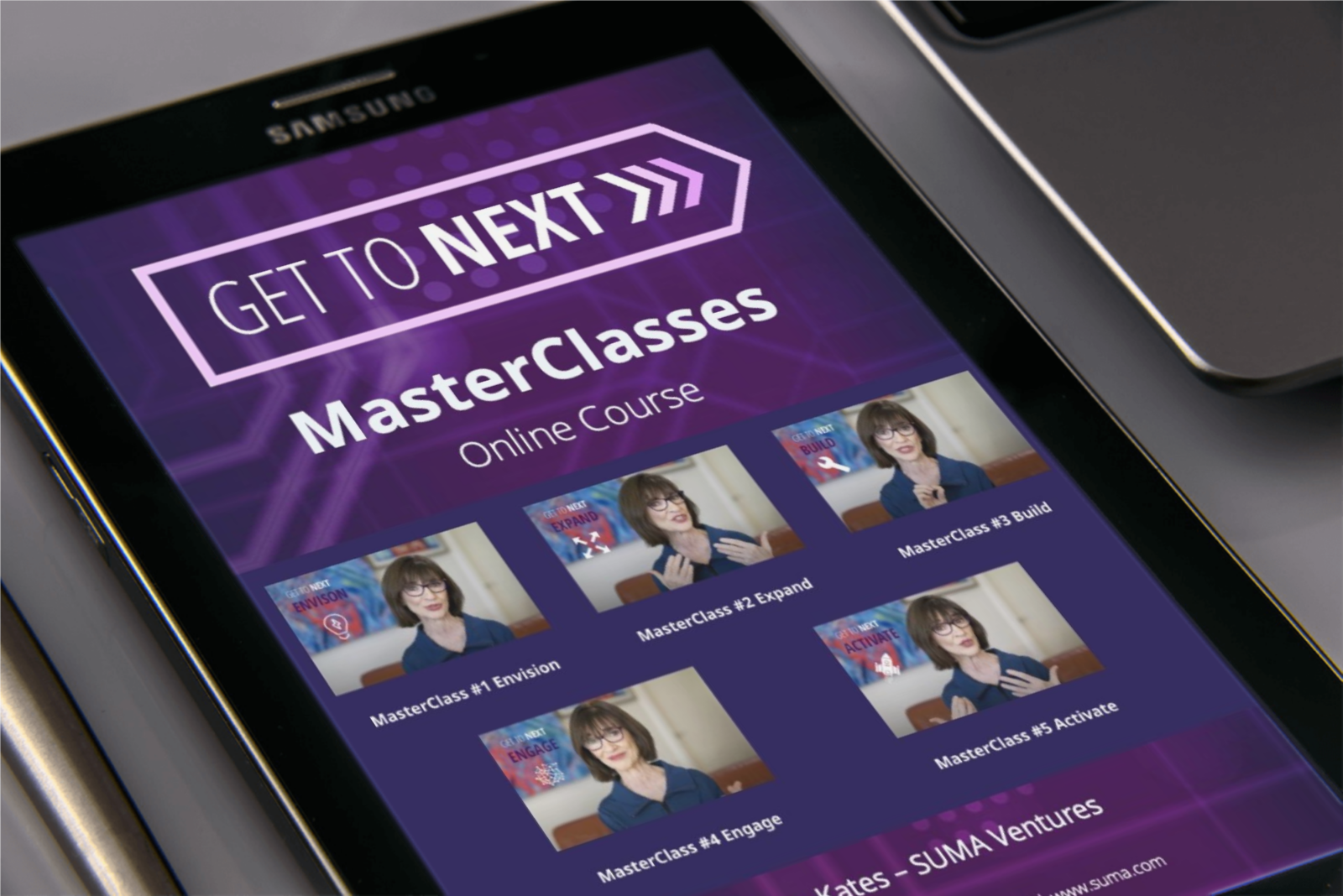
GET TO NEXT | MasterClass Series
The Get To Next MasterClass Series is a sequence of videos presenting the Get To Next model in detail. Watch to find out how this systematic approach will make your life as an innovator easier, more successful, more purposeful, and more rewarding and how the modules work together to drive your innovation process from inception to implementation.
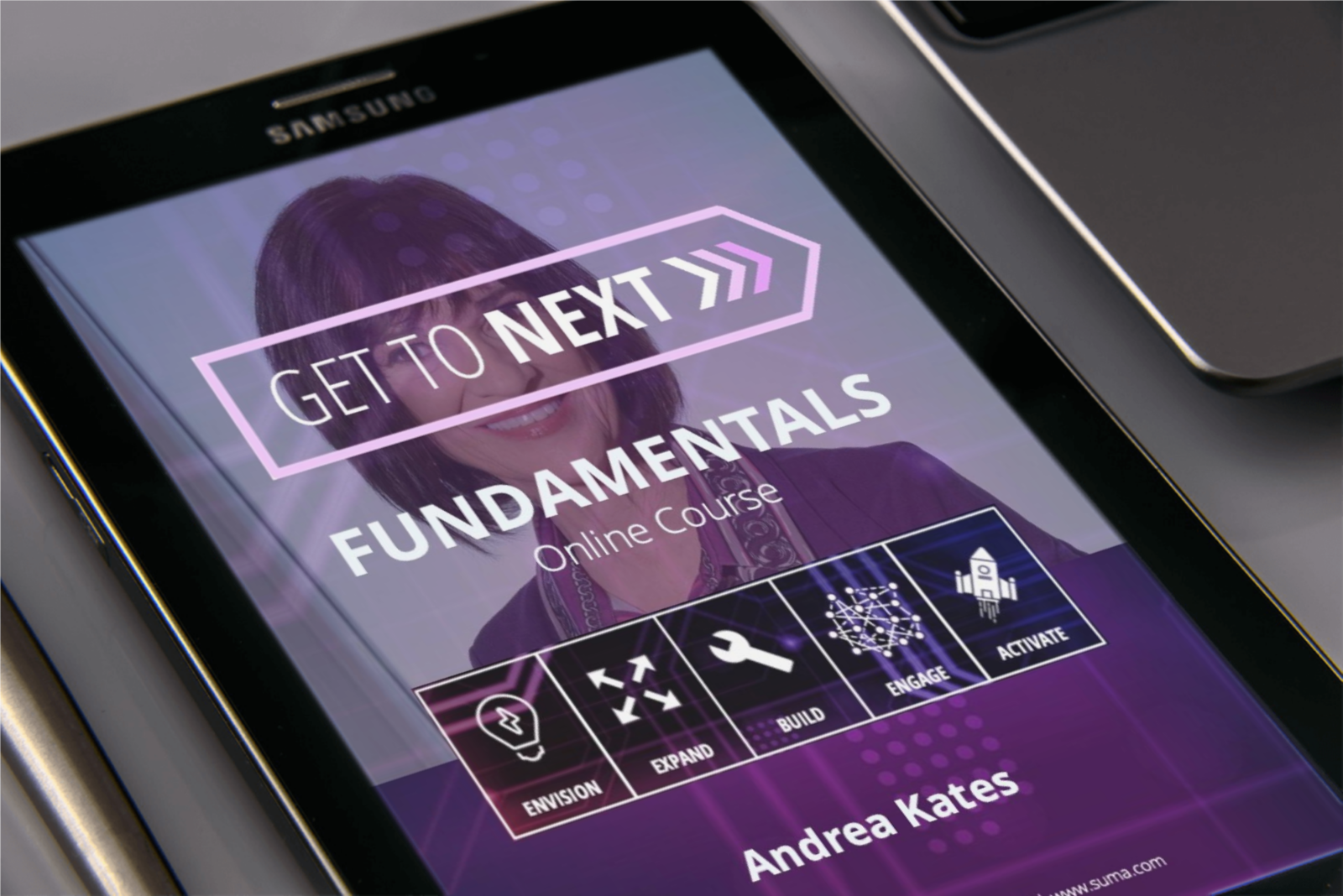
GET TO NEXT | Fundamentals
In the Get To Next Fundamentals course we teach you a system and a process to identify a promising idea and “take it to the bank” in five simple steps – quickly. Are you finding it challenging to run innovation at scale in these times of exponential change in a timely fashion? Are you calling many good ideas dead on arrival? Are projects being stymied in areas outside of your influence or control?
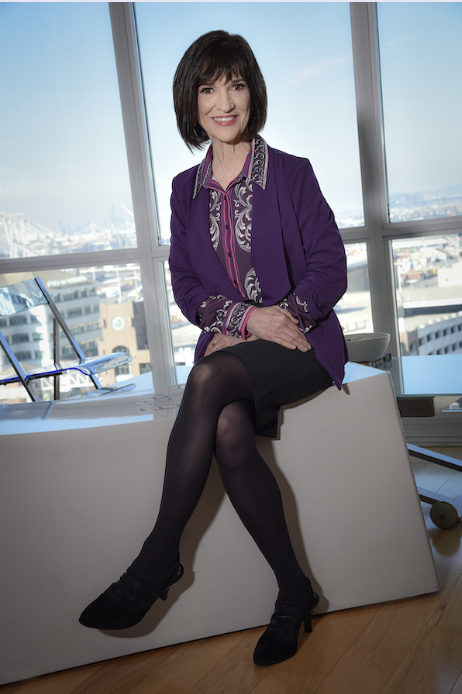
Andrea Kates is a San Francisco-based expert at moving innovation to revenue. She focuses on uncovering untapped opportunities and galvanizing strategic vision.
For 20 years she’s led bold initiatives in virtually every sector and every geography that help companies figure out where to place their bets on emerging products, services and technologies and to scale dynamic business models.
Today, Andrea works with leaders to discover their best future with a tangible, practical set of steps called: ➡ GET TO NEXT


